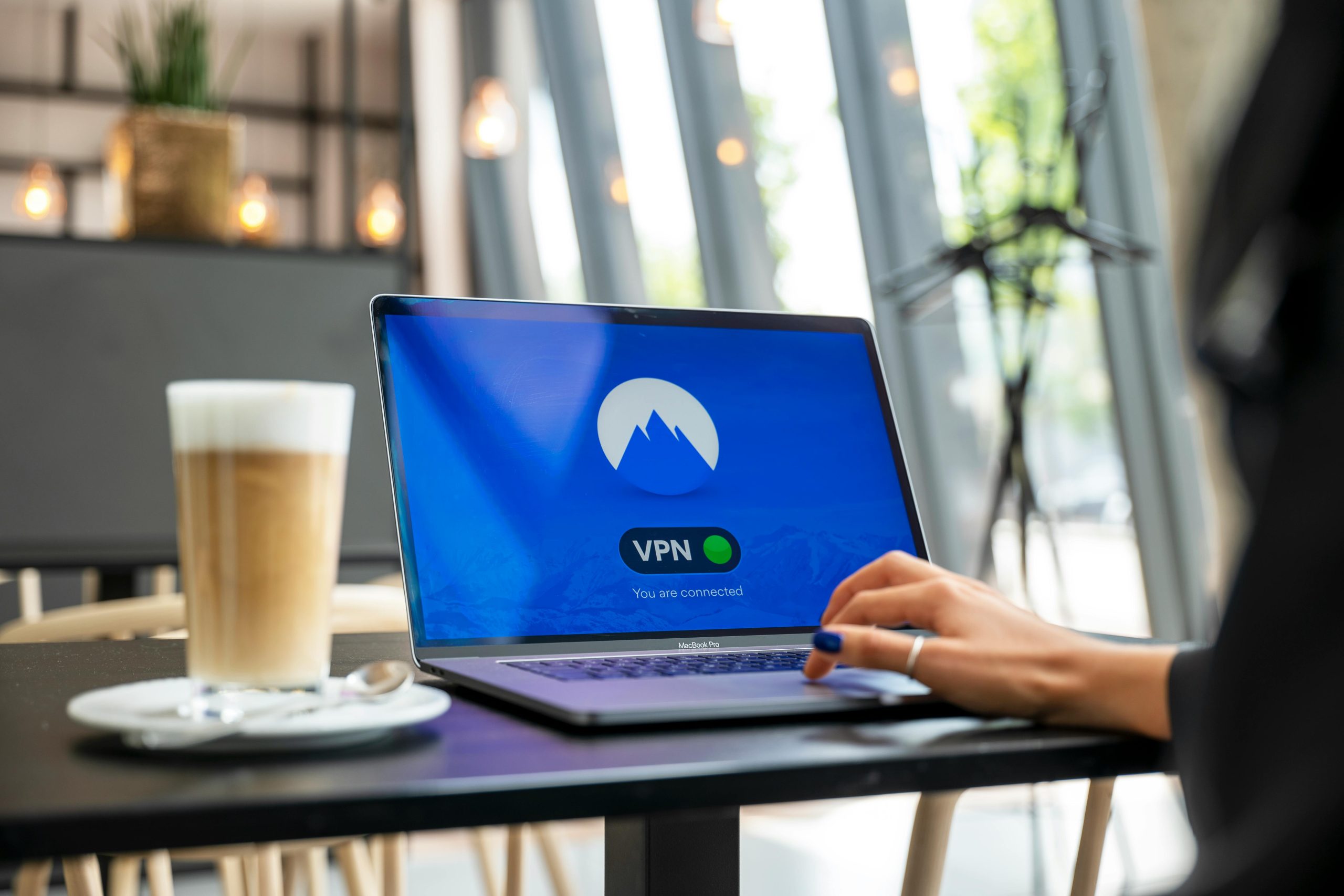Understanding and Troubleshooting Bluetooth Connectivity Issues After Downgrading from Windows 11 to Windows 10
Introduction
Bluetooth functionality is essential for seamless wireless communication between your laptop and a variety of devices. If you’ve recently downgraded your operating system and are experiencing Bluetooth issues, you’re not alone. This guide aims to help users understand potential causes and provide effective solutions for resolving Bluetooth connectivity problems after downgrading from Windows 11 to Windows 10.
Case Overview
The device in question is a high-performance gaming laptop, the NIMO 15.6″ IPS FHD Gaming Laptop, equipped with an AMD Ryzen 7 6800H processor, 32GB DDR5 RAM, 1TB SSD, and an AMD Radeon 680M GPU. The user upgraded to Windows 11 but disliked the experience and subsequently installed Windows 10 directly from the official Microsoft sources. Since this downgrade, Bluetooth has ceased functioning properly.
Common Causes of Bluetooth Issues Post-Downgrade
-
Incompatible or Missing Drivers
-
Driver issues are a primary cause of Bluetooth problems after operating system changes.
-
Windows 10 may lack the correct or updated drivers for your Bluetooth hardware, especially on newer laptops.
-
Hardware Compatibility and Recognition
-
The Bluetooth module might not be correctly recognized by the new OS installation.
-
BIOS/UEFI settings may have been altered or reset during the downgrade.
-
Missing or Disabled Bluetooth Services
-
Essential Windows services related to Bluetooth may be disabled or not running.
-
Error in Device Settings
-
Bluetooth may be turned off in Windows settings or the device manager.
Step-by-Step Troubleshooting and Resolution
Step 1: Verify Bluetooth Hardware is Enabled in BIOS/UEFI
- Restart your laptop and enter BIOS/UEFI setup (usually by pressing F2, DEL, or ESC during startup).
- Ensure that Bluetooth or wireless modules are enabled.
- Save changes and exit.
Step 2: Check Windows Device Manager
- Right-click on the Start menu and select ‘Device Manager.’
- Locate ‘Bluetooth’ or ‘Network adapters’ section.
- If Bluetooth appears with a yellow warning icon, right-click and select ‘Update Driver.’
Step 3: Update or Reinstall Bluetooth Drivers
- Visit the laptop manufacturer’s official support page to download the latest Bluetooth drivers compatible with Windows 10.
- Install the driver and restart your laptop.
- Alternatively, use Windows Update to search for updates.
Step 4: Restart
Share this content:



